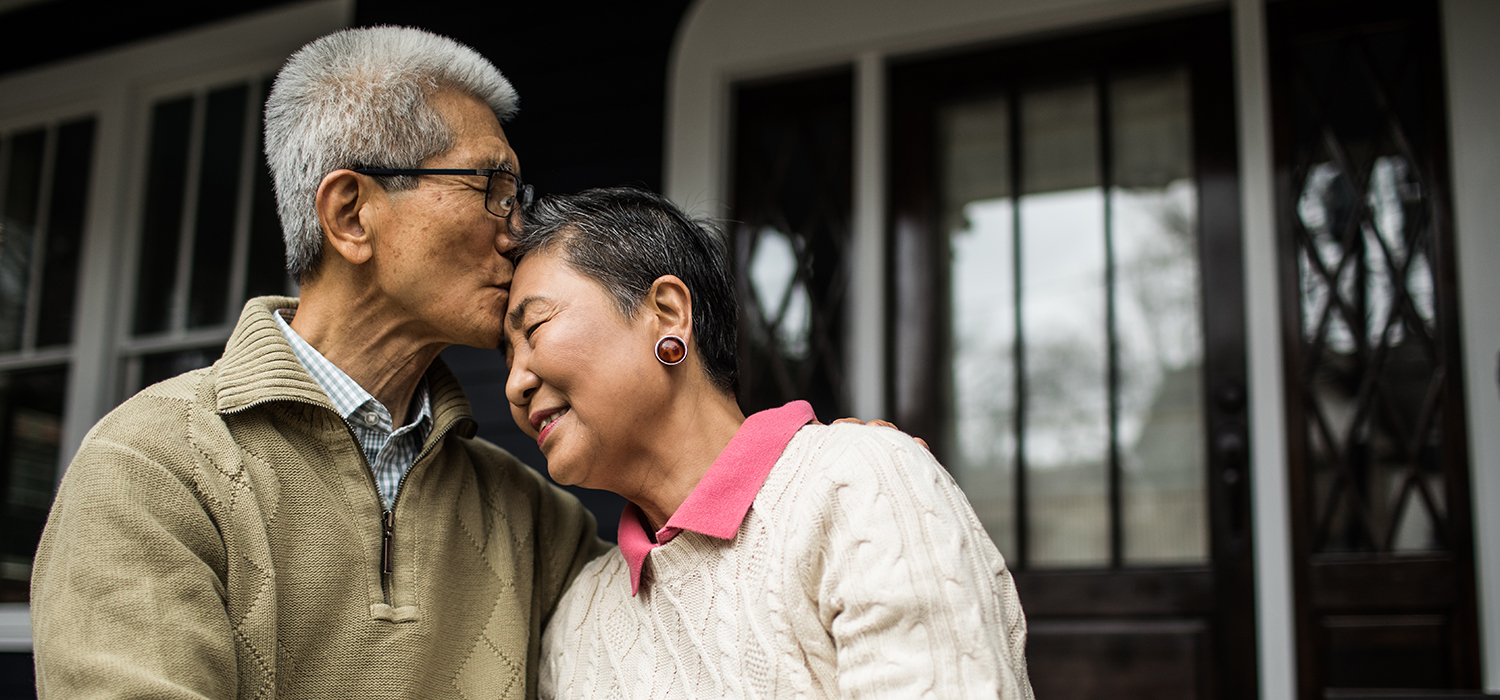
<p>MoMo Productions/Getty Images</p>
The number of senior households—those headed by someone age 65 or older—will explode over the next 20 years, increasing from 34 million to 48 million between 2020 and 2040. Although the senior homeownership rate will remain high at 73 percent, that’s much lower than it has historically been, producing an unprecedented number of senior renters, particularly among Black households.
The nation’s current housing policy is not equipped for this sharp rise in senior renters, but changes to federal policies, programs, and funding priorities can better prepare communities to accommodate this large increase.
What the data show about the coming increase in senior renters
Between 1990 and 2020, the number of senior households increased at an average pace of 4 million per decade. But as Gen Xers and baby boomers age, this pace will increase by 50 percent, averaging 6.9 million new senior households per decade over the next two decades. This increase holds for all racial and ethnic groups.
More than half of the 13.8 million new senior households between 2020 and 2040 will be nonwhite households: 3.5 million will be Hispanic households, 1.5 million will be households of other racial or ethnic groups (primarily Asian), and 2.2 million will be Black households.
In the coming two decades, the racial composition of senior households will shift, dropping from 78 percent white-headed households in 2020 to 69 percent by 2040.

Our projections also show the share of senior-headed renter households will increase significantly from 22 percent in 2020 to 27 percent in 2040, a 5 percentage-point difference that will increase the number of senior renter households by 5.5 million.
Among all racial and ethnic groups, Black-headed senior households will see the greatest increase in its renter share, rising from 39 percent to 48 percent between 2020 and 2040 and doubling the number of Black-headed senior renter households from 1.3 million to 2.6 million by 2040.

These trends—the increased number of senior households and the drop in the overall homeownership rate—will produce an unprecedented number of senior renters. We estimate that the number of senior renter households will increase from 7.4 million in 2020 to 12.9 million by 2040. The shortage of affordable rental housing is already a national crisis, and this problem will be exacerbated with the addition of 5.5 million senior renter households.
More than half of the new 5.5 million senior renter households will be nonwhite: 1.3 million Black households, 1.4 million Hispanic households, and 0.4 million other nonwhite households. If we compare the increases from 2020 to 2040 within each racial and ethnic group, the results are dramatic: Hispanic senior renter households will increase from 1.5 million to 2.2 million (155 percent), Black senior renter households will increase from 1.3 million to 2.6 million (103 percent), other nonwhite senior renter households will increase from 0.4 million to 0.9 million (95 percent), and white senior renter households will increase from 4.8 million to 7.2 million (51 percent).

We need more affordable, senior-friendly rental units
Senior renters are more likely to be cost burdened than their homeowning counterparts, with over half currently spending more than 30 percent of their income on rent and close to a quarter spending more than 50 percent of their income on rent. Senior Black and Hispanic renters, who have much lower incomes and less wealth than their white counterparts, driven by decades of disparate treatment, are especially likely to be cost burdened in the years ahead.
An increased commitment of public funds could provide the necessary supply of affordable rental units for senior households and could come through the expansion of several programs:
- The US Department of Housing and Urban Development’s (HUD) Section 202 program provides interest-free capital advances to nonprofit sponsors to finance the construction, rehabilitation, or acquisition of structures that will be supportive housing for low-income seniors and provides rent subsidies for the projects to make them affordable. Housing advocates for seniors have long argued that this is the most efficient and effective way to build and subsidize affordable housing for older adults with very low incomes, while providing a package of services to support the health and well-being of this population. Despite this program’s effectiveness and the large growth of the senior population, the number of new Section 202 units has declined dramatically over the past decade; new units are a fraction of what they were from 1995 to 2010.
- The Low-Income Housing Tax Credit program could fund additional construction of senior-tailored units; ongoing support could be provided via project-based rental assistance or housing choice vouchers.
- The Housing Choice Voucher program pays the difference between the rent on an apartment selected by the renter and 30 percent of a renter’s income, with a maximum payment determined by HUD guidelines. Currently, only one in five renters who qualified for federal housing assistance receives it. The housing choice voucher program is the largest federal assistance program; it is characterized by long wait lists, with a majority of them not even accepting new wait list applicants.
Federal policymakers can accommodate the coming surge of senior renters, particularly nonwhite households, who will need more affordable, senior-friendly housing in the next two decades. Failure to do so will cause unnecessary crises and suffering for one of our most vulnerable populations.
Let’s build a future where everyone, everywhere has the opportunity and power to thrive
Urban is more determined than ever to partner with changemakers to unlock opportunities that give people across the country a fair shot at reaching their fullest potential. Invest in Urban to power this type of work.